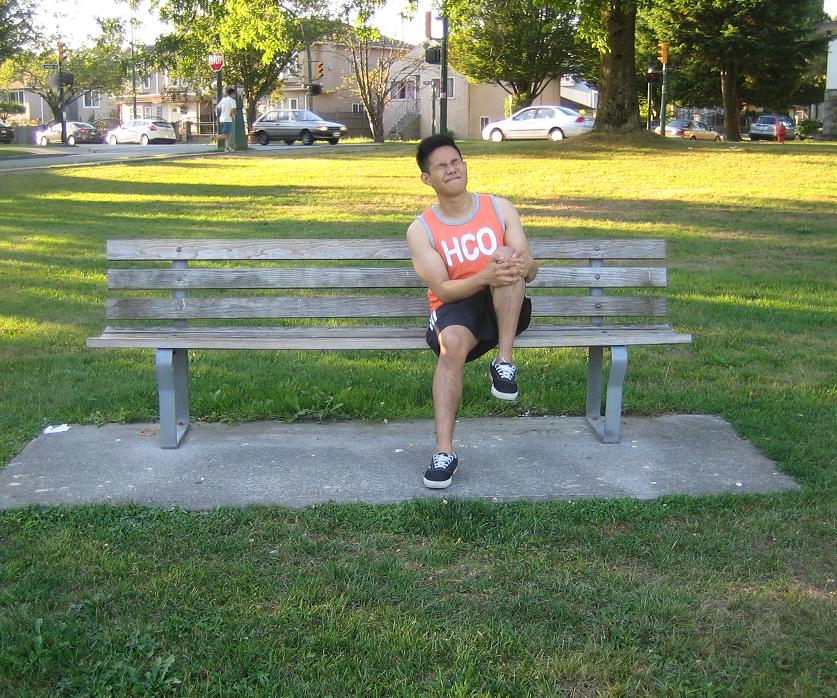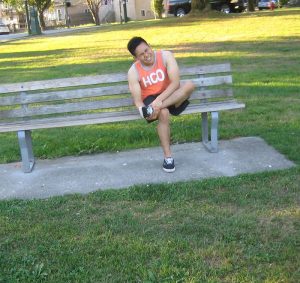Achilles tendon rupture involves an incomplete or complete tearing of the tendons above the heel bone. Generally, this condition is usually common in older athletes with history of inflammation and degeneration.
The Achilles tendon enables the person to run, walk, jump, standing on tiptoe and pointing the toe. Furthermore, pushing off strongly from the toes such as starting a race can result to rupturing of the tendons.
Causes
- Immobility or lack of exercise
- Weakening of the tendon due to age
Sudden severe pain at the back of the ankle or calf is if hit by a very hard object. - Taking medications such as corticosteroids and certain antibiotics
- Previous tendinitis of the Achilles tendon
- Falling from a great height
- Stepping into a hole or off of a curb
- Sports that require forceful running or jumping such as tennis, basketball, badminton and racquetball.
- Medical condition such as diabetes and arthritis
Symptoms
- At first, a snap or a popping sound can be heard
- Sudden severe pain at the back of the ankle or calf is if hit by a very hard object
- In addition, bruising and weakness of the ankle
- A gap can be felt in the tendon
- Lastly, severe swelling of the affected area
Treatment of Achilles tendon rupture
- Rest the affected area. Avoid performing activities that causes further irritations and delays the healing.
- Apply ice on the area for at least 10-15 minutes to lessen the inflammation. Wrap ice pack in a towel before placing to the area to prevent ice burns and worsen the condition. Another alternative is placing few ice cubes in a plastic bag and bag of frozen vegetable such as corn or peas is also good for the condition.
- Compress the area using ACE compression bandage and wrapped around the affected ankle to prevent unnecessary movements, support the area and lessen the swelling. Avoid wrapping it very tight to prevent problems with blood circulation. If the pain becomes severe loosen the wrap.
- Elevate the ankle above the level of the heart to lessen the swelling. Raise the ankle in couple of pillows to keep it elevated. If there is difficulties raising the leg keep it parallel to the ground.
- Take prescribed anti-inflammatory medications to lessen the inflammation and the pain.
- After the complete healing of the area, start performing rehabilitation exercises with the help of the physical therapist to restore strength and improve range of movement of the ankle.
- Massage the ankle for proper flow of blood to the affected area, relaxes the muscles and making it flexible. It also lessens the swelling and buildup of adhesions.
More Information
The details posted on this page on Achilles tendon rupture is for learning purposes only. To learn to recognize the signs and how it is managed, enroll in a first aid course with one of our training providers.
FACT CHECK
https://en.wikipedia.org/wiki/Achilles_tendon_rupture
https://www.emedicinehealth.com/achilles_tendon_rupture/article_em.htm
https://www.mayoclinic.org/diseases-conditions/achilles-tendon-rupture/symptoms-causes/syc-20353234


